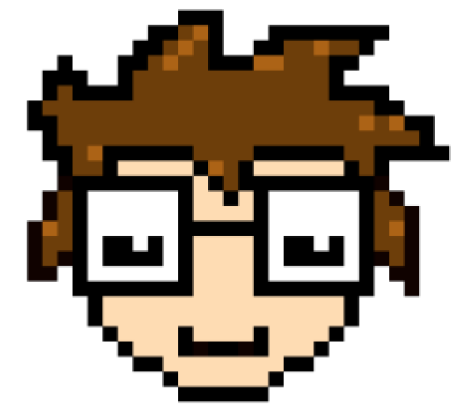My teaching philosophy is a living document, and what you’re reading now represents its initial draft – unpolished and unvarnished and has been adapted into a blog post series. Initially, I envisioned it as a concise, single-page statement. However, during the writing process, I came to realize that my teaching approach has been shaped over the years by a diverse range of experiences, spanning from my days as a high school student to my post-secondary and graduate studies. My journey from an early career as a library technician to my current position as a Communication and Journalism Librarian has been marked by growth and adaptability. I’ve drawn upon these cumulative experiences throughout my career to continually refine my approach to teaching library skills in the classroom.
I completed my Master of Library and Information Science (MLIS) degree in December 2017. At the age of 31, with evolving interests on the horizon, I still grappled with uncertainty about which aspect of library work would be most fulfilling. During that time, I worked at Carleton University Library as a library technician and was struggling to see a future and the specific role I wished to assume within the institution and, to be honest, in the profession as a whole. Then, in July 2019, I was presented with an opportunity to embark on a Career Development Appointment as a Subject Specialist, responsible for Psychology, Cognitive Science, Journalism, and Communication Studies. Eager for a new challenge, I embraced the opportunity with enthusiasm.
First teaching experience
My mother always told me that I had the potential to become a great teacher. However, I never envisioned teaching as a career path for myself. Everything changed in September 2019 when I led my first library instructional session. While I would like to believe that I was a natural instructor, the reality was quite the opposite. I distinctly recall my initial instructional session, which occurred in a uniquely configured classroom in Richcraft Hall at Carleton University for a 3rd-year psychology class.
The computer setup was awkward, and I found myself guiding students through the basics step by step. I followed my script, explaining, “Here is the library website, this is how you conduct a search, this is how you use PsycINFO.” The experience was terribly awkward, and I left feeling somewhat disheartened. It was on that day that I resolved to become a better instructor, as I never wanted to deliver instruction in that manner again. It was also the point in my career that I decided to embrace failure and reflect critically on the instructional choices I made in the profession.

Inclusivity, engagement, and collaboration
Since then, I’ve transformed my instructional approach into one that is more inclusive, engaging, and collaborative. I now encourage questions and allow discussions about information and the library to flow naturally, even veering off the prepared script. While I still arrive with a pre-planned script, I have gained the confidence to adapt my content on the spot, responding to the needs and interests of both students and faculty. By employing interactive tools, I can assess student engagement and their familiarity with the topics I intend to cover.
I swiftly realized that my primary objective extended beyond teaching students how to navigate the library website or construct effective searches (though these skills are undeniably crucial for student success). My fundamental goals shifted towards fostering critical thinking among students, turning them into discerning consumers of information, and helping new university students acclimate to the academic environment.
Header photo by Element5 Digital on Unsplash
My teaching philosophy was designed and influenced by the guide from Western University’s Centre for Teaching and Learning titled Writing a teaching philosophy statement.

